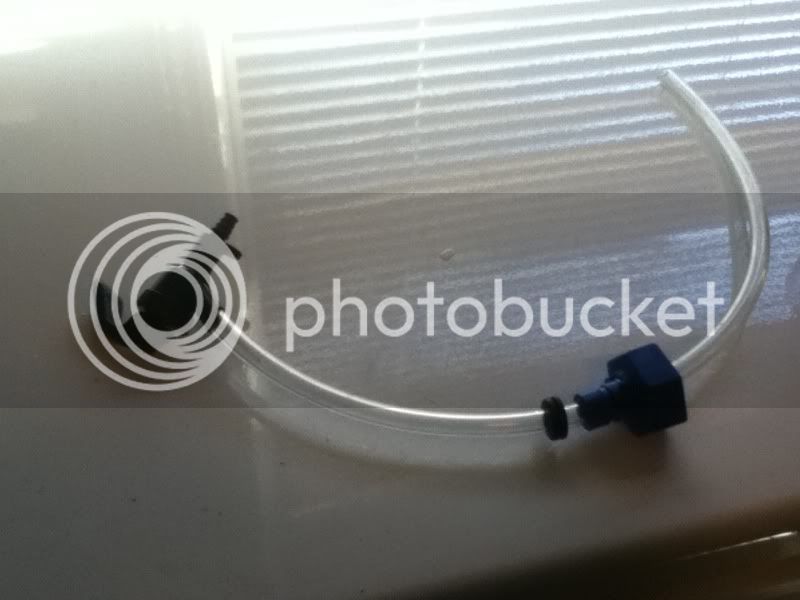In another week I'll be kegging my second brew (5th overall). The irish red I kegged first came out great (other than I should have been a bit more aggressive force-carbing it. It recovered and got to the right CO2 level after about a week.)
My kegerator holds 2 kegs. I have the homebrew'd irish red in it as well as a commercial 1/6" keg from Breckenridge Brewery. My 2nd corny is sitting empty and ready for use.
I wont be finished w/ either existing keg before it's time to move the new brew from secondary to a keg.
Here are my questions:
1) When I keg #2, it WONT be going in the kegerator immediately. Should I force-carb it when I keg it, or just use enough CO2 to displace any air in it before I fill it (and then as a top off/bleed off several times)?
2) If I dont force-carb it, should I use priming sugar as an alternative since the keg will sit for several weeks before its tapped? Should I not carb it at all and force carb only when I actually put it in the kegerator?
3) My fermenting closet holds the beer around 72-75 degrees. Will that be OK for leaving the beer sitting in the keg for a while, or should I find a way to put it in the garage fridge (I'd have to remove the shelves).
Thanks in advance! The answers/recommendations here will influence how I do beer going forward. Several of the beers I want to try recommend that they sit for a while to appropriately condition before drinking. Would be nice to know for sure the best way to store them.
My kegerator holds 2 kegs. I have the homebrew'd irish red in it as well as a commercial 1/6" keg from Breckenridge Brewery. My 2nd corny is sitting empty and ready for use.
I wont be finished w/ either existing keg before it's time to move the new brew from secondary to a keg.
Here are my questions:
1) When I keg #2, it WONT be going in the kegerator immediately. Should I force-carb it when I keg it, or just use enough CO2 to displace any air in it before I fill it (and then as a top off/bleed off several times)?
2) If I dont force-carb it, should I use priming sugar as an alternative since the keg will sit for several weeks before its tapped? Should I not carb it at all and force carb only when I actually put it in the kegerator?
3) My fermenting closet holds the beer around 72-75 degrees. Will that be OK for leaving the beer sitting in the keg for a while, or should I find a way to put it in the garage fridge (I'd have to remove the shelves).
Thanks in advance! The answers/recommendations here will influence how I do beer going forward. Several of the beers I want to try recommend that they sit for a while to appropriately condition before drinking. Would be nice to know for sure the best way to store them.




